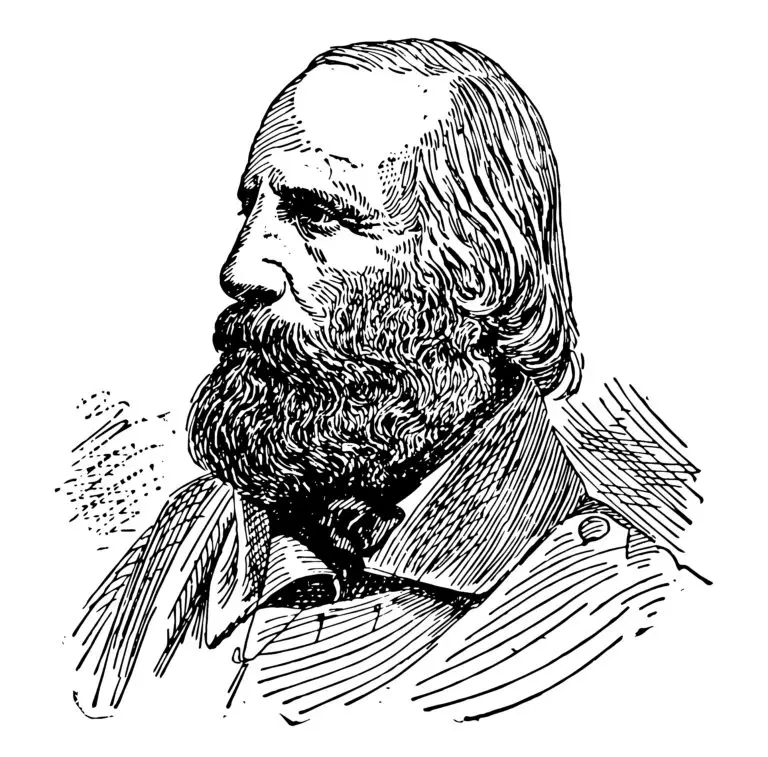Unification of Italy

Table of Contents
Unification of Italy Overview
The Unification of Italy, also known as the Risorgimento, was a political and social movement that led to the consolidation of various Italian states into a single nation-state in the 19th century.
Italy had been fragmented into numerous small states and territories, controlled by foreign powers and local rulers, for centuries following the decline of the Roman Empire. The movement for Italian unification gained momentum in the early 19th century, inspired by nationalist and liberal ideals, as well as a desire to overthrow foreign rule and establish a unified Italian state.
Key figures in the unification process included Giuseppe Mazzini, a leading nationalist ideologue; Giuseppe Garibaldi, a military leader and revolutionary; and Count Camillo di Cavour, a statesman and prime minister of the Kingdom of Piedmont-Sardinia.
Unification of Italy History
The movement for Italian unification emerged in the early 19th century, inspired by nationalist sentiment, liberal ideals, and the desire to end foreign domination and establish a unified Italian state.
Italy had been fragmented into multiple states, including the Kingdom of Piedmont-Sardinia, the Kingdom of the Two Sicilies, the Papal States, and various smaller duchies and republics.
Giuseppe Mazzini, an Italian patriot and revolutionary, played a central role in the early stages of the unification movement, advocating for a republic and popular sovereignty.
Count Camillo di Cavour, Prime Minister of the Kingdom of Piedmont-Sardinia, pursued a policy of realpolitik and diplomacy to achieve Italian unification, aligning with foreign powers such as France.
The Kingdom of Piedmont-Sardinia, under the leadership of King Victor Emmanuel II, emerged as the driving force behind Italian unification due to its relative strength and liberal government.
The First War of Italian Independence (1848-1849) and the Second War of Italian Independence (1859) saw Piedmont-Sardinia, with the support of France, gain territory from Austria, including Lombardy and Venetia.
The Kingdom of the Two Sicilies was conquered by Garibaldi’s expeditionary force, known as the “Expedition of the Thousand,” in 1860, leading to the unification of southern Italy with Piedmont-Sardinia.
Giuseppe Garibaldi, a military leader and nationalist, played a key role in the unification of Italy through his military campaigns and support for the Risorgimento.
The Papal States, including Rome, were incorporated into the Kingdom of Italy in 1870, following the capture of Rome by Italian forces during the Franco-Prussian War.
The capital of Italy was moved from Turin to Florence in 1865 and then to Rome in 1871 following the completion of Italian unification.
Related Links
Franco-Prussian War
The Italian Wars 1494-1559
Napoleon Bonaparte
Revolutions of 1848